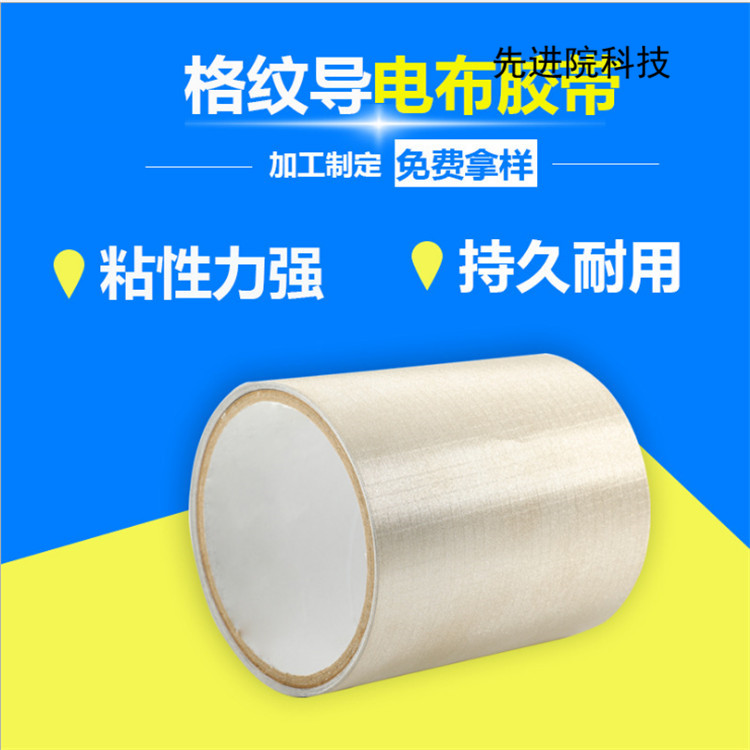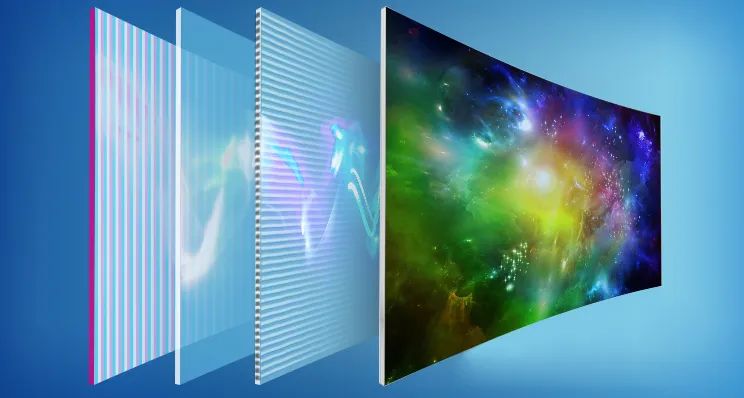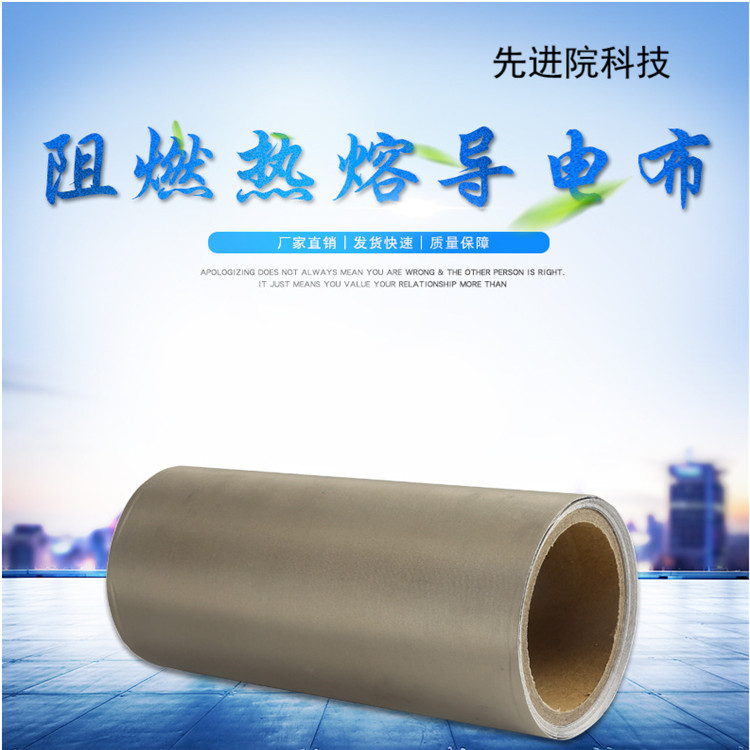

Hotline:0755-22277778
Tel:0755-22277778
Mobile:13826586185(Mr.Duan)
Fax:0755-22277776
E-mail:duanlian@xianjinyuan.cn
1. BOE's sixth generation AMOLED flexible production line in mass production, increasing supply of Apple OLED panels
Recently, BOE has been frequently reporting good news in the OLED panel business.
Mass production of the sixth generation AMOLED flexible production line in Chongqing
On December 28th, BOE announced that the sixth generation AMOLED flexible production line (B12) in Chongqing, with a total investment of 46.5 billion yuan, will be put into mass production. This production line is fully independently designed, developed, and built by BOE, and adopts the world's leading active organic electroluminescent AMOLED technology for research and development and production. The technology and products developed and produced by the new production line will be widely applied in the next generation of high-end display fields such as flexible smartphones, foldable laptops, and car displays.

BOE President Liu Xiaodong introduced during the mass production ceremony that this is BOE's third flexible production line, which has made more improvements and upgrades based on the construction experience of the first two production lines, with more advanced technology and stronger ability to correspond to the market and products.
The Vice President and Chief Brand Officer of BOE, Shi Dada, stated that the designed production capacity of this production line is 48000 glass substrates per month. This mass production will further expand BOE's flexible display technology reserves and production capacity, and fully utilize the location advantages of the Southwest region. Together with BOE's two flexible production lines in Chengdu, Sichuan and Mianyang, it will help promote the rapid development of the high-end display industry in the Sichuan Chongqing region.
It is understood that B12 is a supplement to B7 and B11. The B12 factory began its first phase of operation in November, with a monthly production capacity of 16000 substrates. The first batch of customers is OPPO, and after that, the factory will also manufacture OLED screens for Apple.
In the future, the B12 factory will reach a monthly production capacity of 48000 sixth generation OLED substrates (1500x1850mm) after full production in the third phase (from 2022 to early 2023). Full production of B12 will also drive BOE to surpass Samsung and become the largest manufacturer of sixth generation flexible OLED panels, with a monthly production of 144000 pieces.
Release OLED technology brand, transfer of OLED advanced module project factory
In addition to the mass production of AMOLED flexible production lines, BOE also announced other good news in the OLED business in December:
On December 21st, BOE launched its flexible OLED technology brand f-OLED at the BOE Display Technology Brand Conference, and unveiled two new flexible OLED products: a three-stage folding flexible OLED screen and a slide roll flexible OLED screen.
On the same day, the handover ceremony of the B11 plant of BOE's OLED advanced module project with a total investment of 5 billion yuan was held in Mianyang, Sichuan. This is the second flexible OLED panel production site after the B7 plant in Chengdu, Sichuan. It is reported that Apple will conditionally approve BOE B11 factory to supply OLED screens for iPhone 13.

The supply of Apple OLED panels is expected to reach 40-50 million in 2022
In fact, BOE is already a supplier of Apple Watch OLED displays. In terms of iPhones, BOE first entered the Apple panel supply chain at the end of last year, supplying 6.06 (6.1) inch OLED panels for the iPhone 12 series, which are used for the new standard version and official version of the iPhone 12. According to media reports, BOE supplied approximately 6 million OLED panels for the iPhone 12 in the first half of the year. Currently, BOE is also supplying a small amount of OLED panels for the iPhone 13.
At present, BOE's B7 and B11 factories in Sichuan are producing OLED panels for Apple's iPhone 12 series, while B11 factory supplies a small amount of iPhone 13 OLED panels. It is expected that BOE will increase the quantity of OLED panels supplied to Apple next year with the mass production of B12 factory.
According to the forecast, BOE is expected to supply 40-50 million OLED panels to Apple in 2022.
2. Xiaomi 12 hits the high-end market, with R&D investment expected to increase by over 100 billion yuan in the next five years
On December 29th, Capital State learned that the Xiaomi brand under Xiaomi Group-W (01810. HK) held a Xiaomi 12 new product launch event, officially releasing the Xiaomi 12, Xiaomi 12 Pro, and quasi flagship product Xiaomi 12X for the Xiaomi digital flagship series. In addition, Xiaomi also released MIUI 13, Xiaomi Watch S1, Xiaomi True Wireless Noise cancelling Earphones 3, and more.
At the press conference, Lei Jun, founder, chairman, and CEO of Xiaomi Group, shouted the slogan of "officially benchmarking against Apple and learning from Apple". For the first time, the Xiaomi 12 series has planned a "dual size" specification of one large and one small. Among them, Xiaomi 12 Pro will compete with iPhone 13 Pro Max, and Xiaomi 12 will compete with iPhone 13.
At the same time, Lei Jun stated that technology is one of the three iron laws that Xiaomi will never change. In the next five years, Xiaomi's R&D investment will double to over 100 billion.

Two years ago, Xiaomi announced a five-year R&D plan worth 50 billion yuan. As of now, Xiaomi's R&D investment has exceeded 22 billion yuan, of which about 13 billion yuan was invested in 2021, and the R&D achievements are also reflected in this new product.
Xiaomi stated that the Xiaomi 12 Pro is equipped with Qualcomm's latest Snapdragon 8 flagship platform and a low-power 2K screen, which also supports "intelligent dynamic refresh rate" technology for the first time; Its self-developed "Xiaomi Pengpai P1" charging chip has also achieved the industry's first large capacity single cell 120W safe fast charging. The Xiaomi 12 is positioned as a "small-sized flagship", with a 6.28-inch 120Hz high refresh rate screen placed in a body less than 7cm wide, and an upgraded processor paired with the Snapdragon 8 flagship platform.
In addition, in terms of price, the starting price of the 8GB 128GB version of Xiaomi 12 is 3699 yuan, and the highest configuration 12GB 256GB version is 4399 yuan; The starting price of the 8GB 128GB version of Xiaomi 12 Pro is 4699 yuan, and the highest configuration 12GB 256GB version is 5399 yuan.
Some mobile phone industry analysts believe that the pricing of Xiaomi 12 can reflect the current sales situation of high-end mobile phones in China: "It's even lower than the Mi 11, and high-end phones in China really can't be sold. We heard from the industry chain that the sales volume of Mi 11 is around 8 million
It is unknown whether consumers will pay for this new product release. According to a report released by Canalys, Xiaomi's mobile phone sales exceeded Apple's in the second quarter of this year, second only to Samsung, becoming the world's second largest for the first time, with a global market share of 17%. Lei Jun also set a new goal in August of "striving to become the world's number one within three years".
But achieving this goal is not an easy task. Industry insiders say that Xiaomi is facing two strong competitors, Apple and Samsung. In competition with them, the high-end market is a tough nut for Xiaomi to crack.

Advanced Institute (Shenzhen) Technology Co., Ltd, © two thousand and twenty-onewww.avanzado.cn. All rights reservedGuangdong ICP No. 2021051947-1 © two thousand and twenty-onewww.xianjinyuan.cn. All rights reservedGuangdong ICP No. 2021051947-2